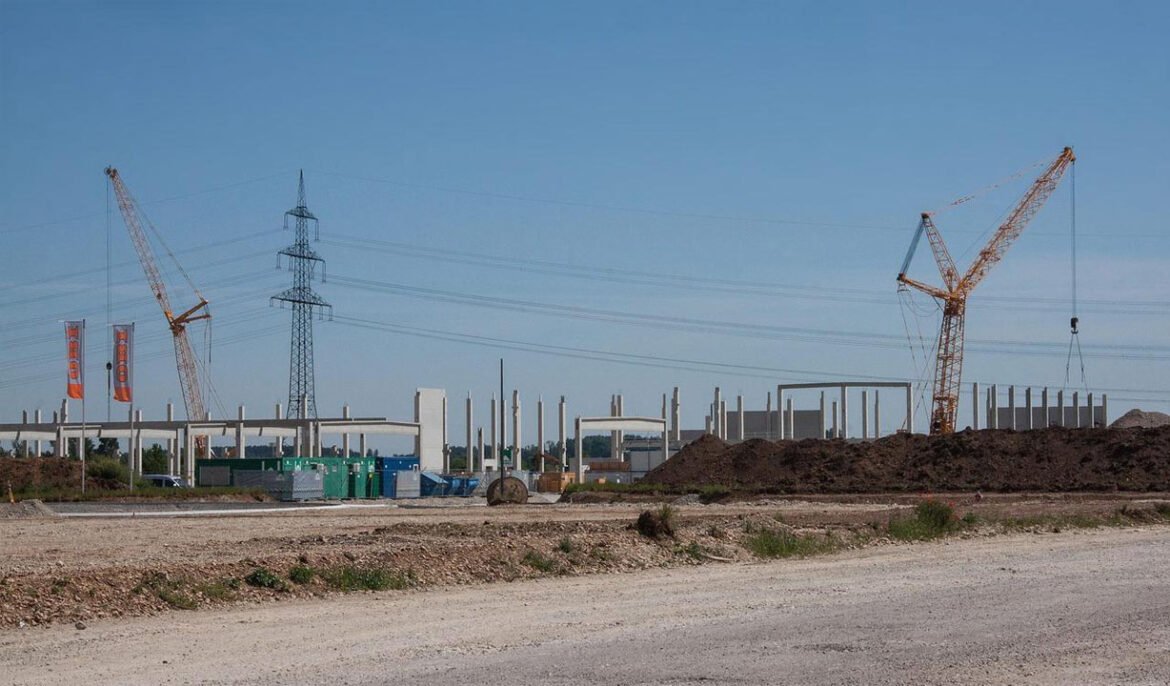People want contemporary bridge building to be faster, safer, and less disruptive to areas. Once rare, off-site production and just-in-time assembly are now prevalent. This has significantly changed the planning and execution of projects. Factory-made structural pieces that arrive ready to assemble are one of the best things that have supported this transformation. They reduce on-site work and program time without sacrificing quality.
When discussing specs, many start with precast concrete products, which have precise tolerances, predictable performance, and easier installation. Moving huge volumes of work to controlled industrial conditions can help teams avoid weather delays and reduce the number of vital operations that must be done across live traffic or waterways.
Items Made Off-Site to Speed Up Programs
Bridge builders struggle most with time. Precast segments, beams, parapets, and deck panels are created during site preparation and foundation construction. This technique creates parallel workflows. After preparing the foundations and bearings, moving and placing occur swiftly, often overnight or during short ownership periods. It reduces road or rail closures, detours, and delays, allowing officials to keep their promises.
Quality and Fit You Can Trust
Factory production lines utilise repeatable procedures, machine-assisted consolidation, and strict curing processes. This enables accurate measurements, tight tolerances, and faster on-site alignment. Even strength and cover make concrete endure longer, and regular reinforcement bars and lifting points make it safer to handle. Fewer geometry errors mean fewer corrections, snags, and delays.
Safer, Lower-Exposure Sites
Lower the number and duration of dangerous tasks. By doing more work off-site, workers spend less time at heights, over water, and near traffic. Knowing component weights and rigging helps plan and execute lifting operations. Repeated placements establish patterns. Reduce shuttering, latching, and filling at the deck edge to reduce form and personnel hazards.
Ability to Handle Weather and the Environment
Heat, cold, wind, and rain can harm on-site concreting. Factory production stabilises quality and schedules, despite weather variations. Shorter possession windows reduce pollution from cars sitting in traffic control lines and block noise and light in sensitive areas at night. Less work means less effect, fewer plant moves, and better environmental benefits.
Simplified Logistics and Stakeholder Trust
Delivery plans that match crane capacity and erection procedure help teams avoid crowded laydown locations and double-handling. Clear milestone logic, like “deliver, lift, connect”, helps clients, utilities, and other parties understand the plan. This predictability helps develop trust, as road users can see real progress with each closure, and local businesses benefit from fewer downtime periods.
Lifelong Performance Improvement
Value is based on longevity. Curing in the manufacturing, regulated consolidation, and a constant cover keep water out of the reinforcement. This technique extends the product’s lifespan and reduces the need for maintenance. Pipes for services, cast-in anchors for future attachments, and replaceable wearing surfaces are possible. Fewer in-situ joints reduce chlorides and water entry, and accurate bearing and joint interfaces soften the ride and reduce dynamic loads.
How to Close the Gap Faster, Safer, and Smarter
Bridges work when delivery risk decreases and public value rises. Project schedules, predictability, and safety improve when unpredictable, hard-to-automate jobs are moved to the factory. Systems design, production, transportation, and installation are repeatable in this technique. Communities re-establish connectivity faster, operators oversee durable assets, and contractors reduce operational complexity that slows work with tighter tolerances, fewer site hours, and shorter closures. Precision-made bridges are ideal for infrastructure maintenance and expansion, seamlessly integrating into daily life.


